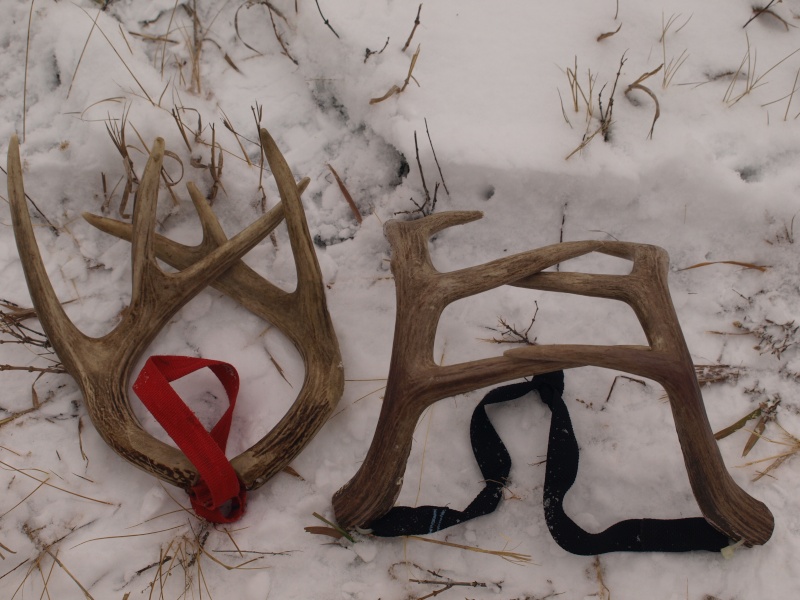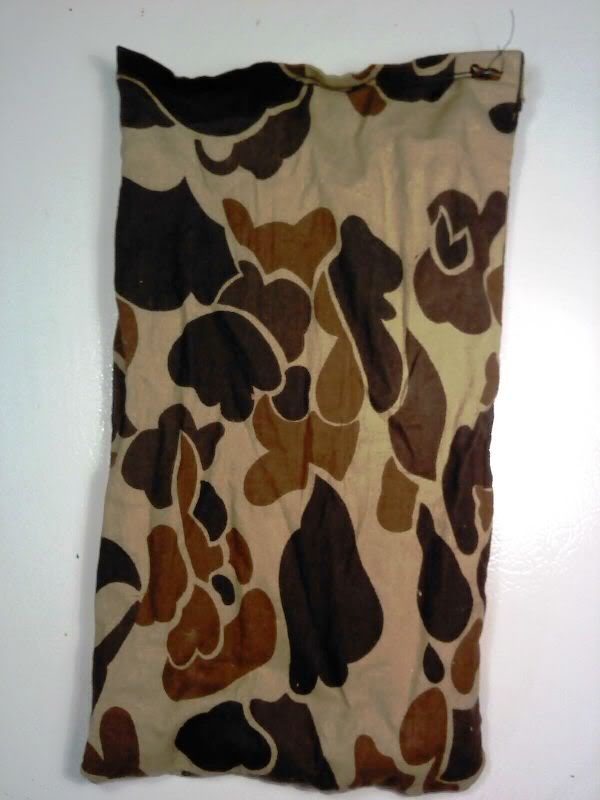i have 2 rattling methods.
[1] From my stand, near bait. I think the does are nearby or come by frequently, and if i am near the does, then the bucks will likely show up here.
[2] Combination still-hunting and rattling. In heavy bush terrain, I still-hunt travelling upwind, then stop and sit against a trees facing downwind. I am assuming that my walking and my rattling has 'given up my position' and deer in the area have me pinpointed (but don't know what i am). Just from my own observations, deer will circle downwind, and my opportunity is to catch them as they travel alongside, before they get to the downwind place. New deer should not be coming straight in from downwind, as i have already been there! Once a deer is seen or heard, the challenge is to get positioned for a shot without getting caught moving, as they are often in close range. A shot to the left side (for a right-handed shooter) is easier. A shot to the right side (for a right handed shooter) takes more movement. So when i first sit down, i usually coreograph my moves for shots from either side.









